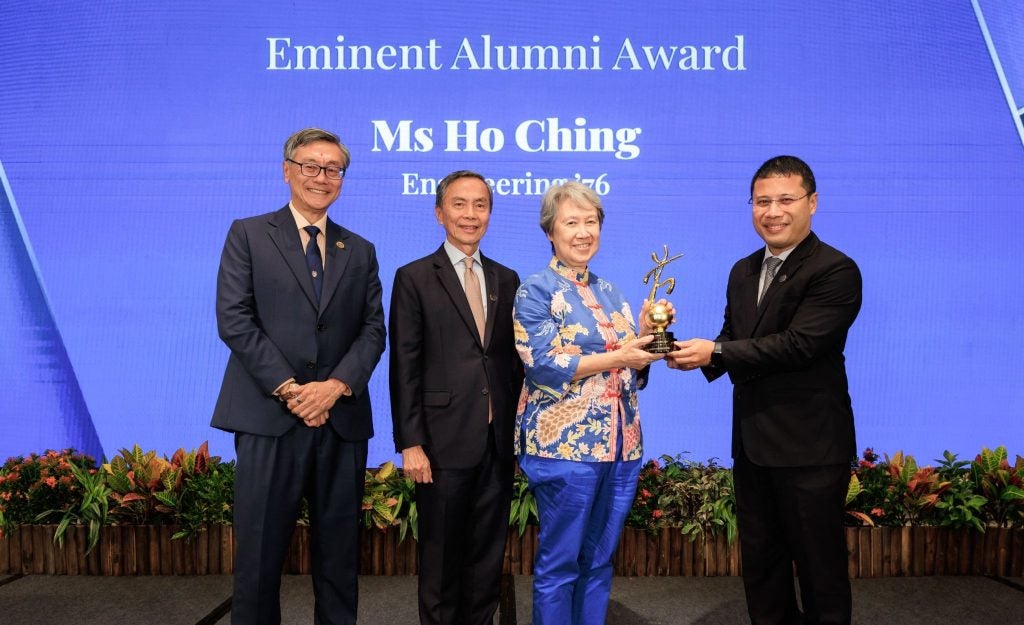
“LKCNHM has taken a slight detour from our natural history centric narrative to display designs by students and staff that are inspired by nature and biodiversity”, said Associate Professor Darren Yeo, Head of the Lee Kong Chian Natural History Museum (LKCNHM). Speaking at the Singapore launch ceremony of The Nature of Things exhibition on 26 September 2024, he noted that the “exhibition not only aims to build a platform for displaying the creativity, diversity and versatility of students and staff designs, but also to demonstrate and strengthen interdisciplinary collaboration within NUS.”
Featured as one of the community events in Singapore Design Week 2024, The Nature of Things is a joint effort between LKCNHM, the Division of Industrial Design (DID), the Design Incubation Centre (DIC) at CDE and design consultancy Greydient Lab, bringing together the fields of design, natural science and technology. Joining the opening ceremony were the French Ambassador to Singapore, Her Excellency Minh-di Tang, Ms Dawn Lim, Executive Director at DesignSingapore Council and Mr Keynes Yeo, Co-Founder of Greydient Lab.
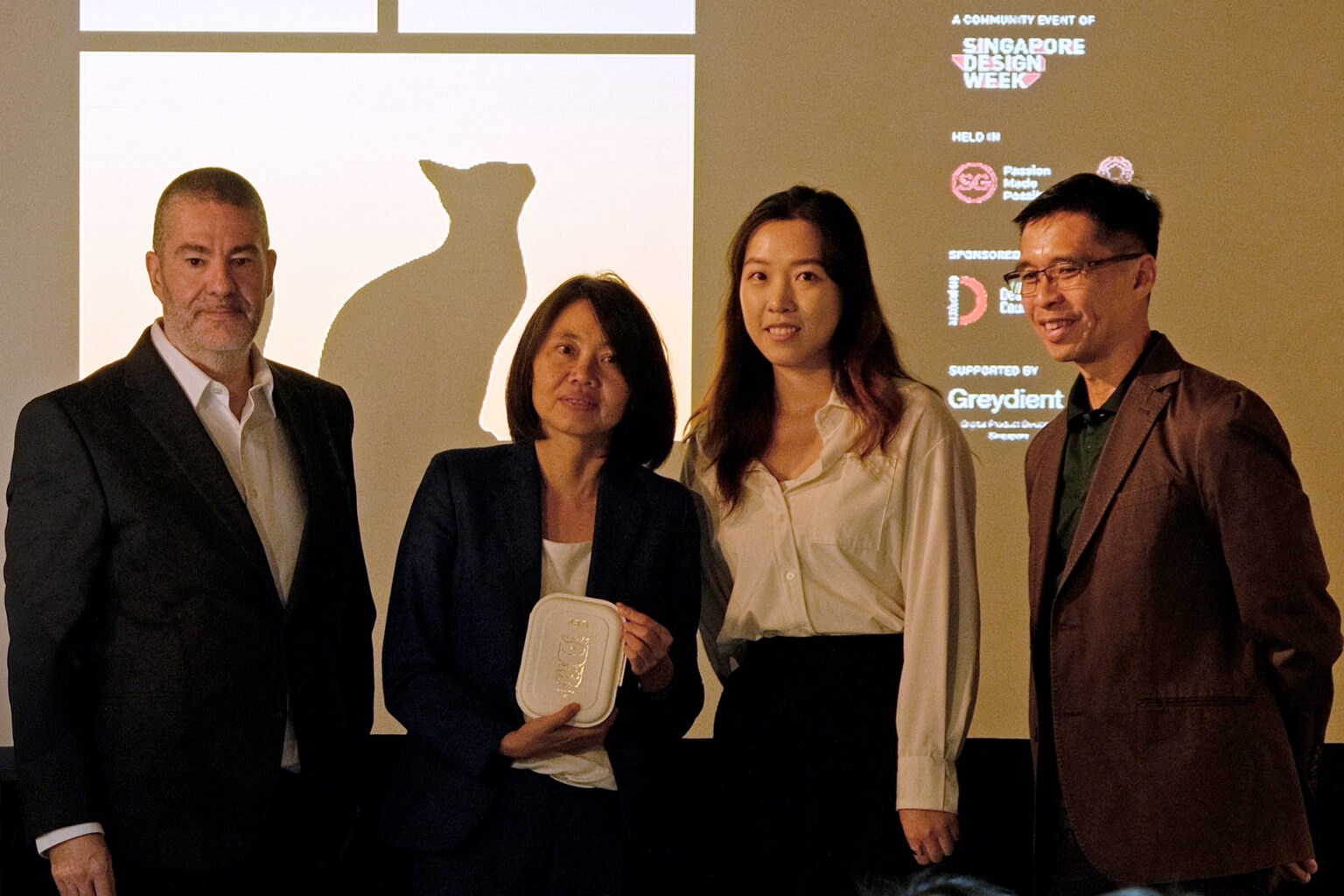
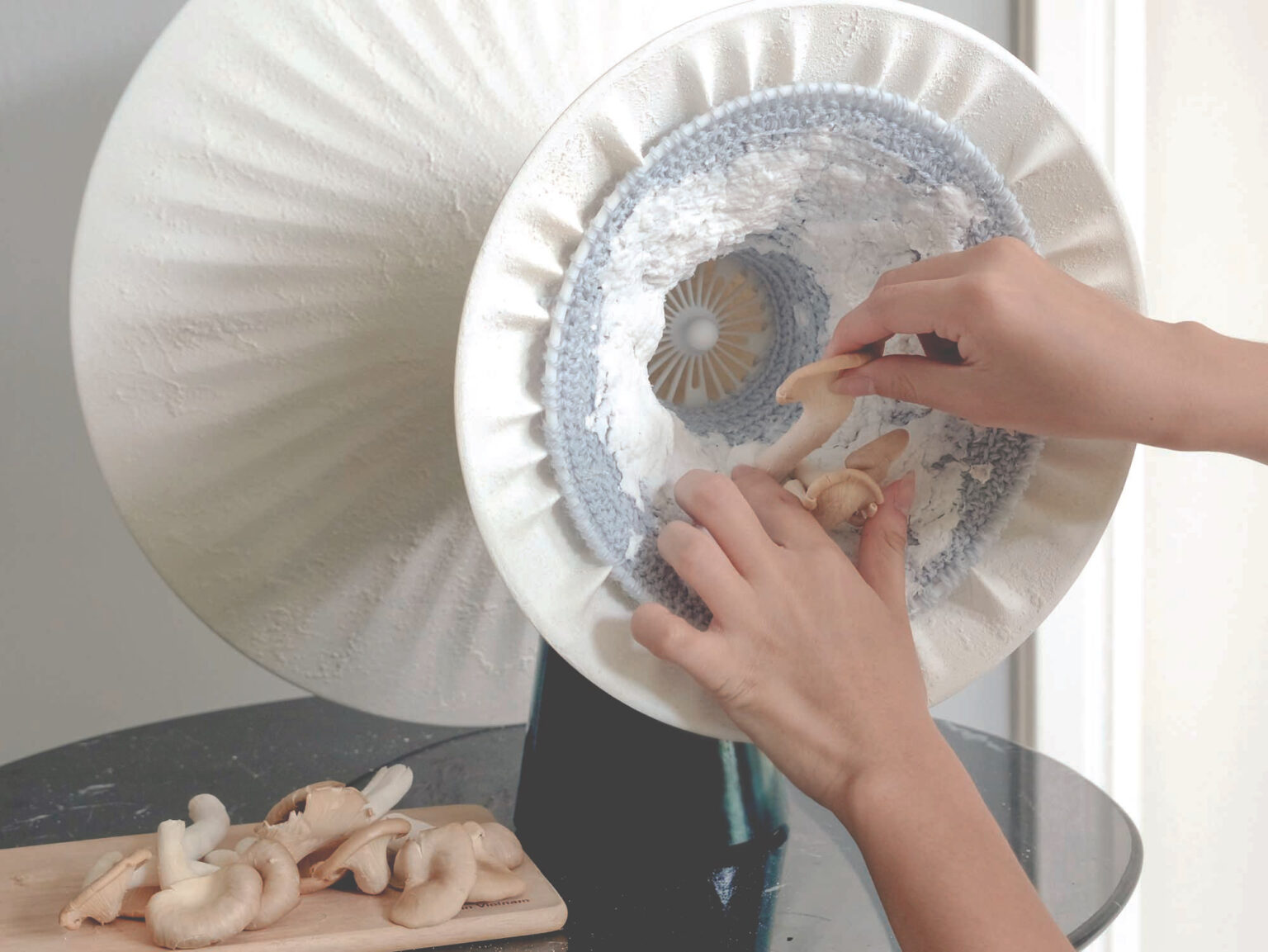
As the bedrock of ecosystems around the world, the project centers on mushrooms and the many benefits they bring. Made from recycled dead mycelium, which is the root-like structure of fungi, Celia houses live mycelium, on a cone-shaped yarn, which helps cleanse the air of pollutants. To maintain its functionality, the filter requires active participation by having users mist and harvest the fungi regularly. Once the mycelium is exhausted, the waste material is recycled into 3D-printable matter that aids in the creation of new objects and air filters.
Meanwhile, the next generation of mycelium takes root and the cycle continues. Celia functions as an awareness campaign and as an air filter – its conception is as an effort to fully realise the mycelium’s life cycle by presenting itself as a tabletop air filter. This cycle of life and death makes Celia a living, breathing vision of the circular economy.
Corol by Huang Anqi and Kwang Yu Hang
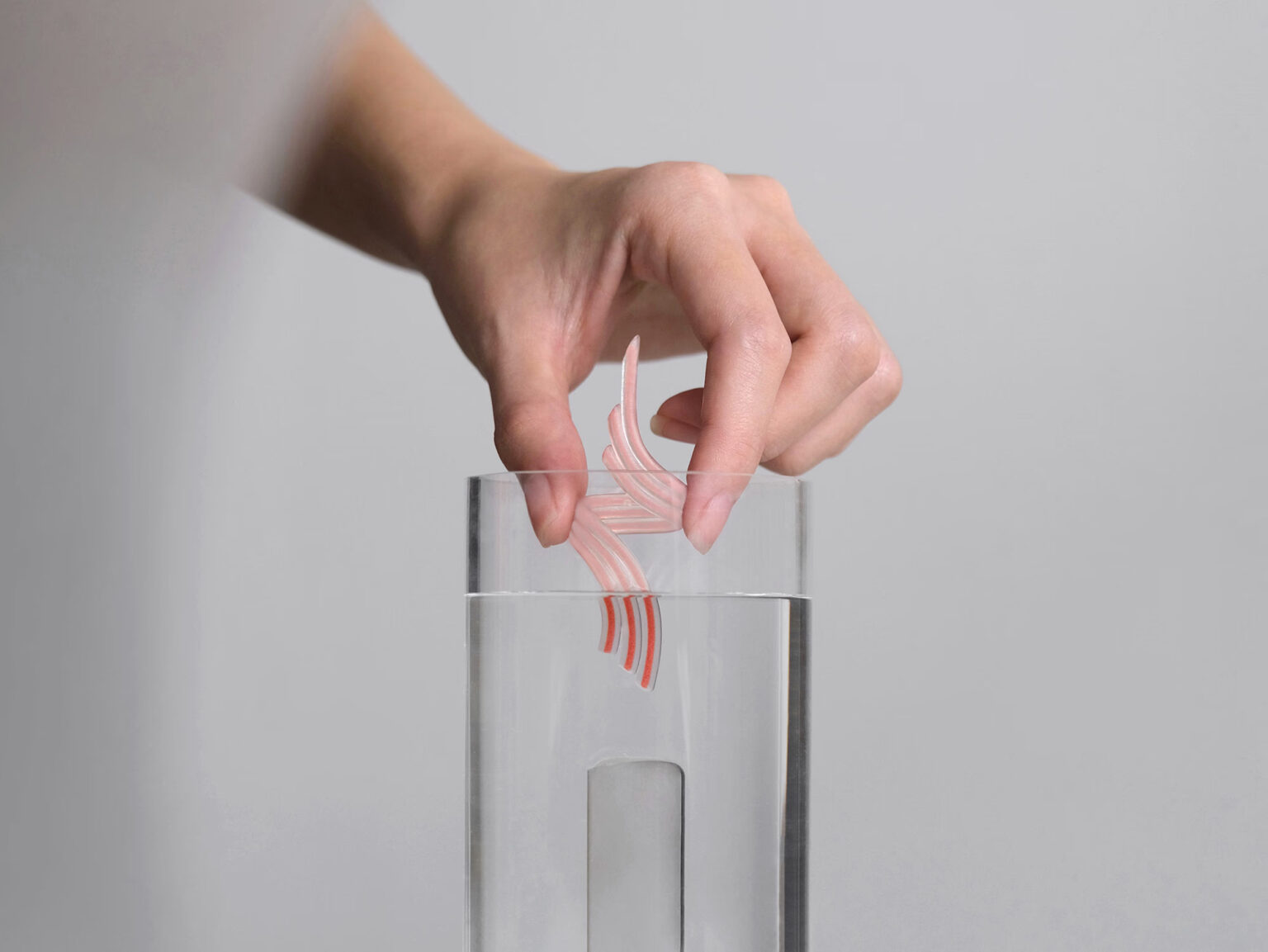
Examining corals as a commodity, Corol explores the ecological and artistic value of coral reefs. Formed by compact colonies of individual polyps, coral reefs play a major role in maintaining the ocean’s ecosystem. However human activities such as land reclamation and global warming are a constant threat to their existence.
The Corol jewellery collection aims to bring to light the destruction of corals by the jewellery industry, drawing a stark image of human design where living organisms seem to be viewed more desirable dead than alive. Out of the water, each piece remains a dull, matte crystal skeleton – a tangible metaphor for dead coral whose life has long gone in favour of the exploitation and pleasure of humanity. Their true colours are only revealed when submerged in water.
Dead or Alive by Chua Jia Hui and Annabelle Chan
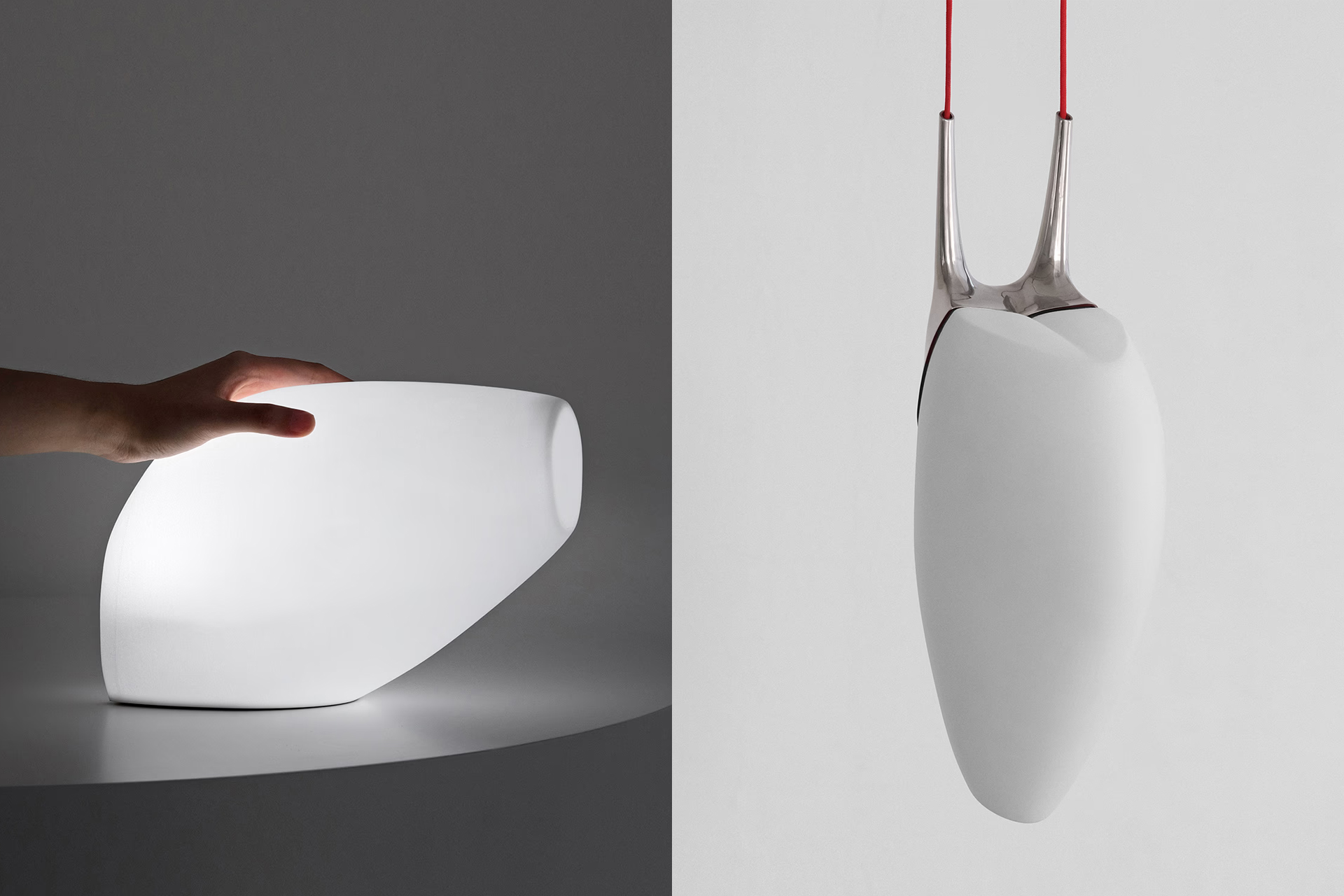
This exhibition explores our relationship with food in Singapore and our relative disassociation with the animals that are farmed for our consumption. This process of abstraction is perpetuated by the food industry and cultivated by our way of life in Singapore, existing in the language we use to describe animals as living beings and animals as products.
The Dead or Alive lamp aims to highlight this dichotomy by showcasing two dissociated states of being. When ‘alive’ and upright, the lamp can illuminate any space wirelessly and without constraint. When ‘dead’ and in need of a recharge, the lamp hangs limply on a dedicated metal hook, looking devoid of light and life.
The Nature of Things exhibition is open to the public and will run from 27 September 2024 to 5 January 2025.



